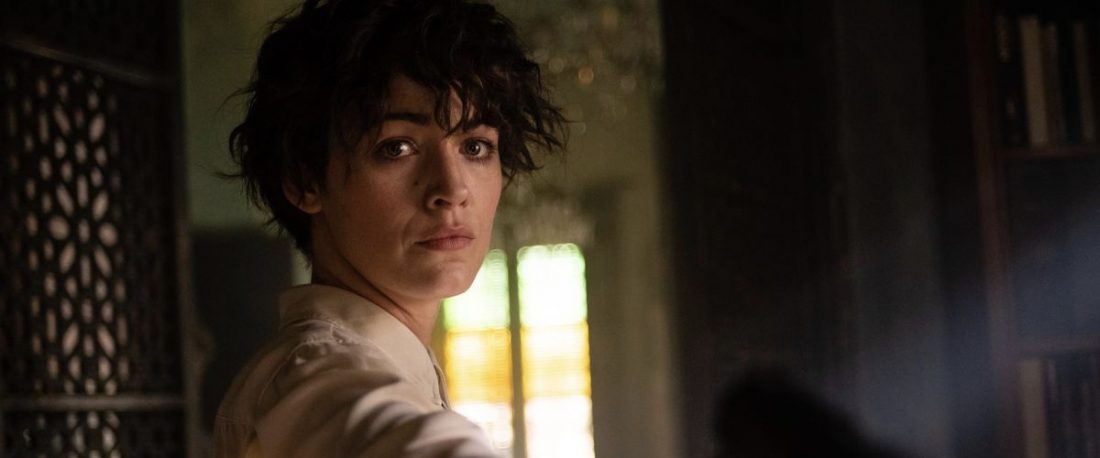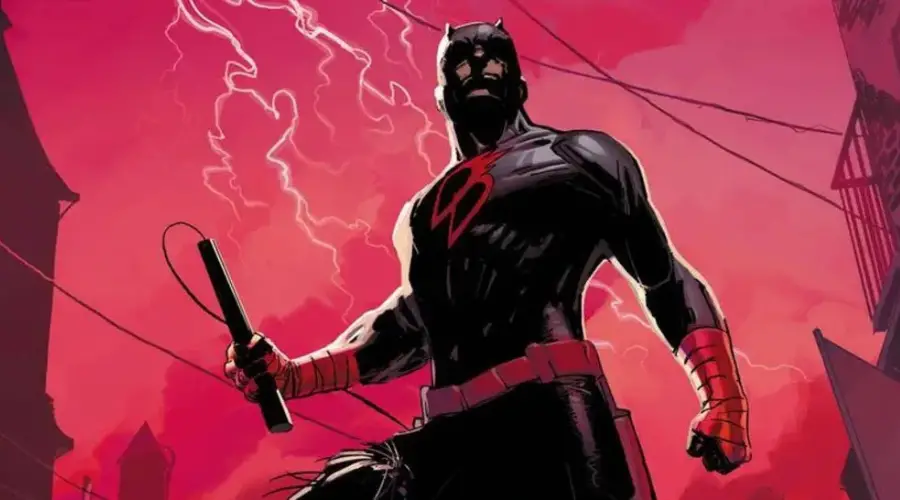It is honestly impressive how easily momentum can make or break a film. Quite often, excellent pacing brings audiences further into the onscreen events and the characters that populate it. Meanwhile, disastrous pacing not only makes the experience tedious, but it also robs character development from feeling palpable. Even in scenarios where it depicts the end of a protagonist’s arc, bad pacing goes a long way to make those moments incoherent. So it is unfortunate that disastrous pacing is the very thing that severely handicaps The Rhythm Section.
By no means does this movie suggest anything convoluted on the surface. In fact, screenwriter Mark Burnell creates a premise so familiar that fans of revenge movies can describe it in their sleep. Simply put, we follow Stephanie Patrick (Blake Lively) as she seeks those responsible for an airplane crash that killed her family. Furthermore, she has to transition from a worn-out sex worker to an expert assassin with the help of B (Jude Law). Yet for all these formulaic elements, trying to grasp on the emotions that drive the plot is surprisingly difficult.
What’s unfortunate is that The Rhythm Section takes no time to expose its amateur-level handling of momentum. From the opening scene in which Stephanie encounters a suspect, the film establishes its misguided intention to pulse between images. While this approach is interesting, editor Joan Sobel cuts between images so quickly that the opening’s mysterious vibe arrives by accident. Ideally, this scene should provoke various questions like “who is this guy?” and “how did she find him?”. But since the movie depicts the build-up through frequent cutting, the only question on my mind was “what is happening?”.
Worse still is how the cross-cutting impedes on character development at the most inopportune moments. While the credits nicely jump between timelines to show backstory, the rest of the film uses juxtaposition to poor effect. In one sequence, it frequently jumps between Stephanie preparing for the disposal of a target and carrying out that task. Since it leaves out breathing room in favor of plot beats, it feels more like a weightless montage than a scene of character growth. Although the narrative soon reveals that she was unprepared to an extent, the tempo is fast enough to suggest otherwise. As a result, this editing style rarely matches the intended emotions of most scenes.
Keep in mind, the actual meat of the narrative does not hold up to scrutiny either. The premise may have a clear objective, and Lively’s performance conveys the main character’s vulnerability with little to no effort. But it becomes clear that Burnell had little else in mind other than “average woman becomes an experienced assassin”. This is most apparent with the introduction of Mark Serra (Sterling K. Brown), who has some knowledge about the people behind the airplane crash. Although his placement in the story makes sense, the script spends more time telling it rather than conveying it through actions. By the time the film gets to certain revelations about him, it has done nothing to make any of it convincing.
There is only a minute difference between The Rhythm Section and any other low-grade thriller relegated to a January release. But the difference is there, and one can attribute some of that to its depiction of tactical training. In the section where B guides Stephanie through physical and mental exercises, it argues that life requires one to confront hostility even from those you trust. And for once, it seems like it has something interesting to say about its own characters. Not to say this sequence does anything groundbreaking. Oddly enough, Law’s presence offers little here that was not already present in 2019’s Captain Marvel. Nevertheless, it is a rare instance of the film taking legitimate shape.
The other place where it distinguishes itself from the bottom of the barrel is its staging of the action scenes. Truth be told, director Reed Morano relies on chaotic choreography and handheld camerawork like the bulk of her peers. However, the strategic use of those tricks creates an intimacy that the script is lacking. In particular, a mid-film car chase that involves the camera following an array of smaller events in one continuous shot is especially effective at achieving this. While this means the visual language becomes a blur, the small amount of legible action sketches a sense of confusion that feels more appropriate to the film’s downbeat tone than not.
Sadly, The Rhythm Section has no chances for anything substantial to really take precedence. In fact, it gets to the point where it openly admits how rote and uninteresting the whole affair is. Most egregiously, B gives the following remark to Stephanie as she tells him her background: “Drugs. Prostitution. It’s a cliche. You’re a cliche.” With this single response, the movie reflects on itself while doing nothing whatsoever to actually explore its tropes. It is poor at contemplative drama and poor at cheap thrills, and none of Lively’s magnetic presence does anything to suggest otherwise. – Mark Tan
Rating: 4/10
The Rhythm Section is now playing in theaters.
The film stars Blake Lively, Jude Law, Sterling K. Brown, Ivana Bašić, Nasser Memarzia, and Max Casella.








